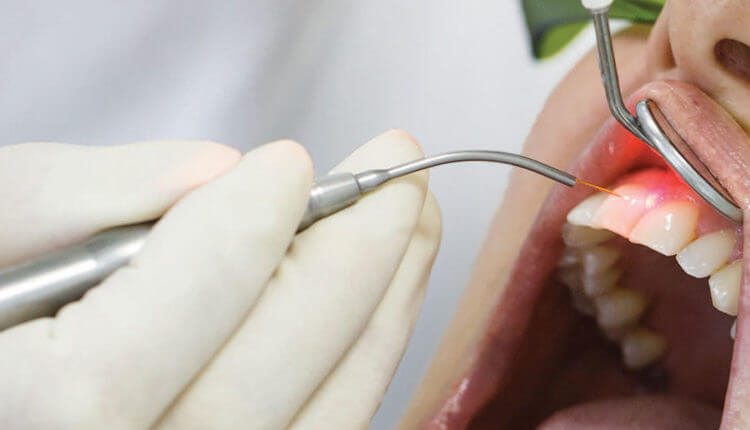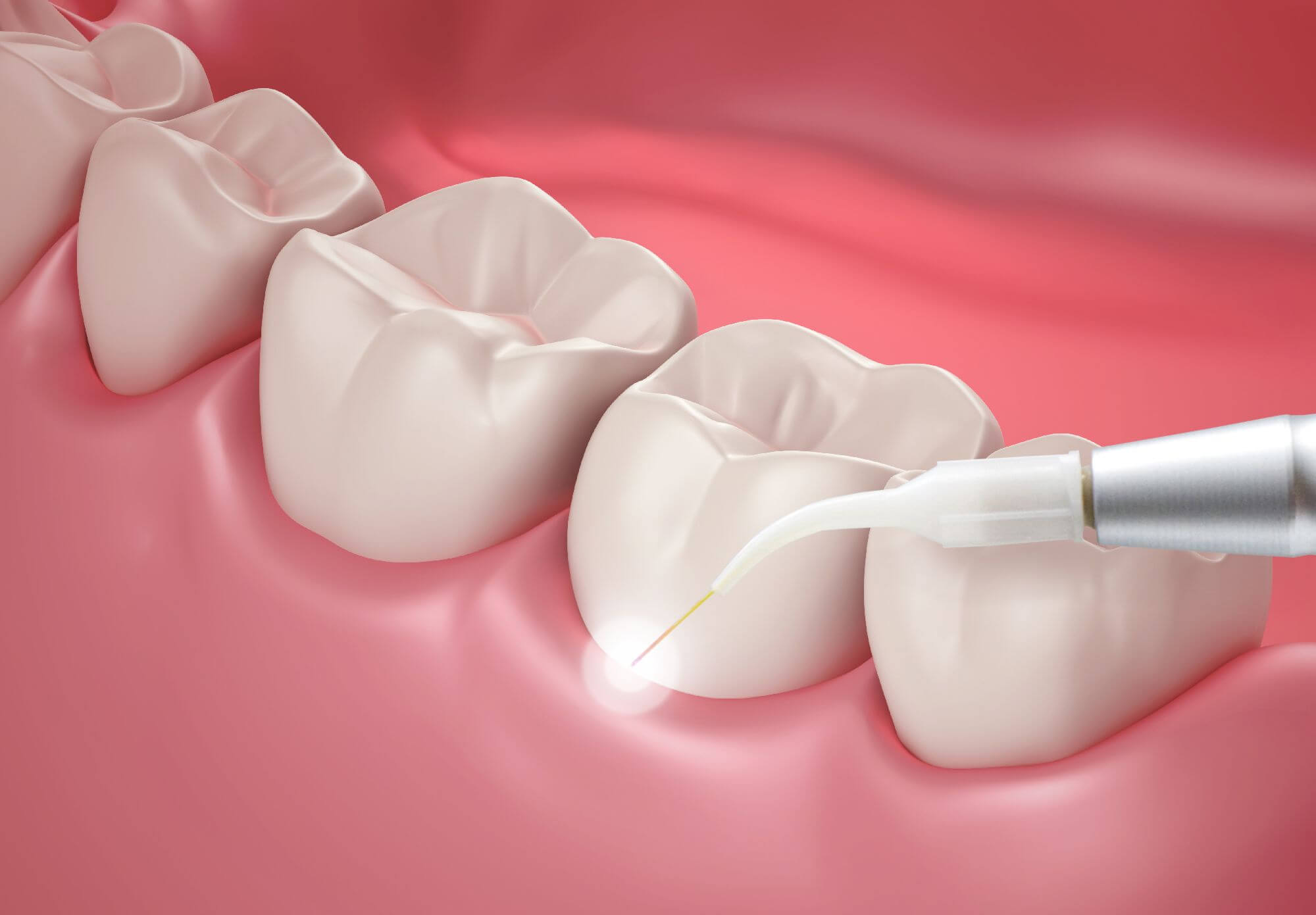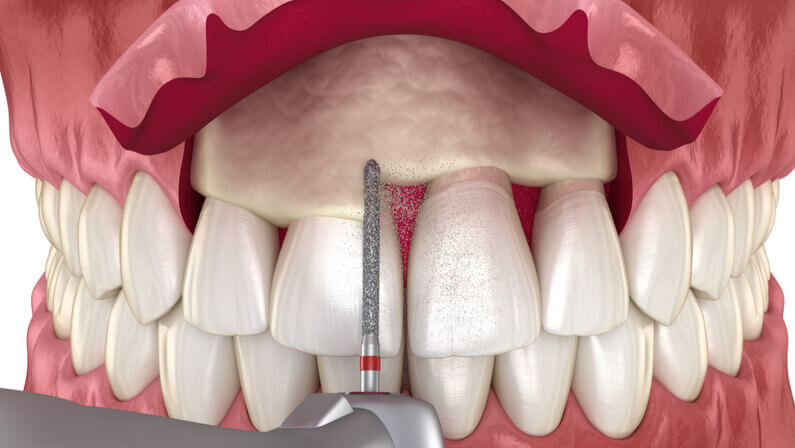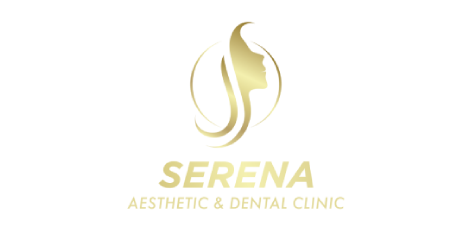Reliable Laser Gingivectomy in Dubai
- Home
- Cosmetic Dentistry
- Laser Gingivectomy
Serena Medical Center
What is Laser Gingivectomy ?
You’ve worked hard to keep your teeth healthy and bright but find a distressingly wide expanse of gum flashing when you smile. Or maybe your teeth and gums are not quite so healthy, falling into the realm of periodontal disease. If either of these are the case, you may be a great candidate for laser gingivectomy. Here’s what you should know.


About The Veneers
When you will need Gingivectomy ?
A laser gingivectomy is a procedure that removes excess gum tissue (gingiva). It treats two main conditions:
- Gummy smile
- Periodontal disease
Serena's Offers
OUR MONTLY OFFERS
WAW FACIAL PACKAGES
249AED
- include face wash and clean.
- Ensures a perfect protection
- Leaves skin clean, fresh
NEW LOOK PACKAGES
- include face wash and clean.
- lips baby face amber
- Leaves skin clean, fresh
BEAUTY PACKAGES
1999AED
- include face wash and clean.
- Ensures a perfect protection
- Leaves skin clean, fresh

About The GiNGIVECTOMY
Periodontal disease problem
A much more serious condition treated by laser gingivectomy is periodontal disease. Periodontal disease is a condition that is often painless and therefore sometimes challenging to diagnose.
The main symptoms of periodontal disease include:
- The appearance of “longer” teeth as you age
- More of a tooth’s root showing when you smile
- Less coverage of tooth structure by the gums as you age
- A slightly loose tooth, or teeth, in your mouth
- Gums that appear puffy
- An increased sensitivity to cold, air, or sweetness
Serena Medical Center
Gingivectomy aftercare and recovery
Post-operative care recommendations are similar for both laser and surgical gingivectomy.
- Follow your dentist’s instructions regarding prescription pain medications (and over-the-counter analgesics as well)
- Reduce swelling by using an icepack on the jaw for 20 minutes on, 20 minutes off for the first day after your gingivectomy
- Only eat soft or liquid foods for three days after the procedure (e.g., eggs, tofu, yogurt, soups)
- Avoid spicy, acidic, or hot (temperature) foods (they might irritate the gingivectomy site) as well as hard, crunchy, or chewy foods
- Limit strenuous activity on the day of the procedure, only gradually increasing it over the week
- Do not rinse with undiluted mouthwash or saline solution
- Brush the area near the gingivectomy very gently, and avoid flossing for a week

Need Help?
Frequently Asked Questions
Why Would a Patient Need a Gingivectomy?
Patients would need a gingivectomy when the gums have pulled away from the teeth, creating deep pockets within a patient’s gumline. These pockets make it difficult to adequately perform oral care, which can lead to plaque buildup, which can then lead to a host of periodontal diseases, which if further left untreated, can lead a patient to other kinds of diseases.
Negative Effects of Gum Disease
Failing to maintain a healthy mouth can cause gum disease, which can then cause negative effects not just in the mouth, but in the entire body as well. The most common gum disease is gingivitis, which is another word for inflamed gums. Inflammation of the gums can cause pain, discomfort, and bleeding while brushing and flossing.
If left unchecked, gingivitis can progress into periodontists, which causes your gums to recede, form pockets, expose more of your tooth, allow bacteria to attack it, and cause further damage. The pockets can also become infected, causing even more damage to your mouth. If still left unchecked, the bacteria inside your mouth will continue to run rampant, leading to the gums and bone receding further, leading to tooth loss
How Long Does Swelling Last After a Gingivectomy?
Your swelling will be at its peak 2 to 4 days after surgery and will continue to be present for about 1-2 weeks. For the first two days, you want to use a cold pack to reduce the swelling, then switch to a heat pack on the third day. You will also want to sleep with an elevated head, which can help reduce swelling.
